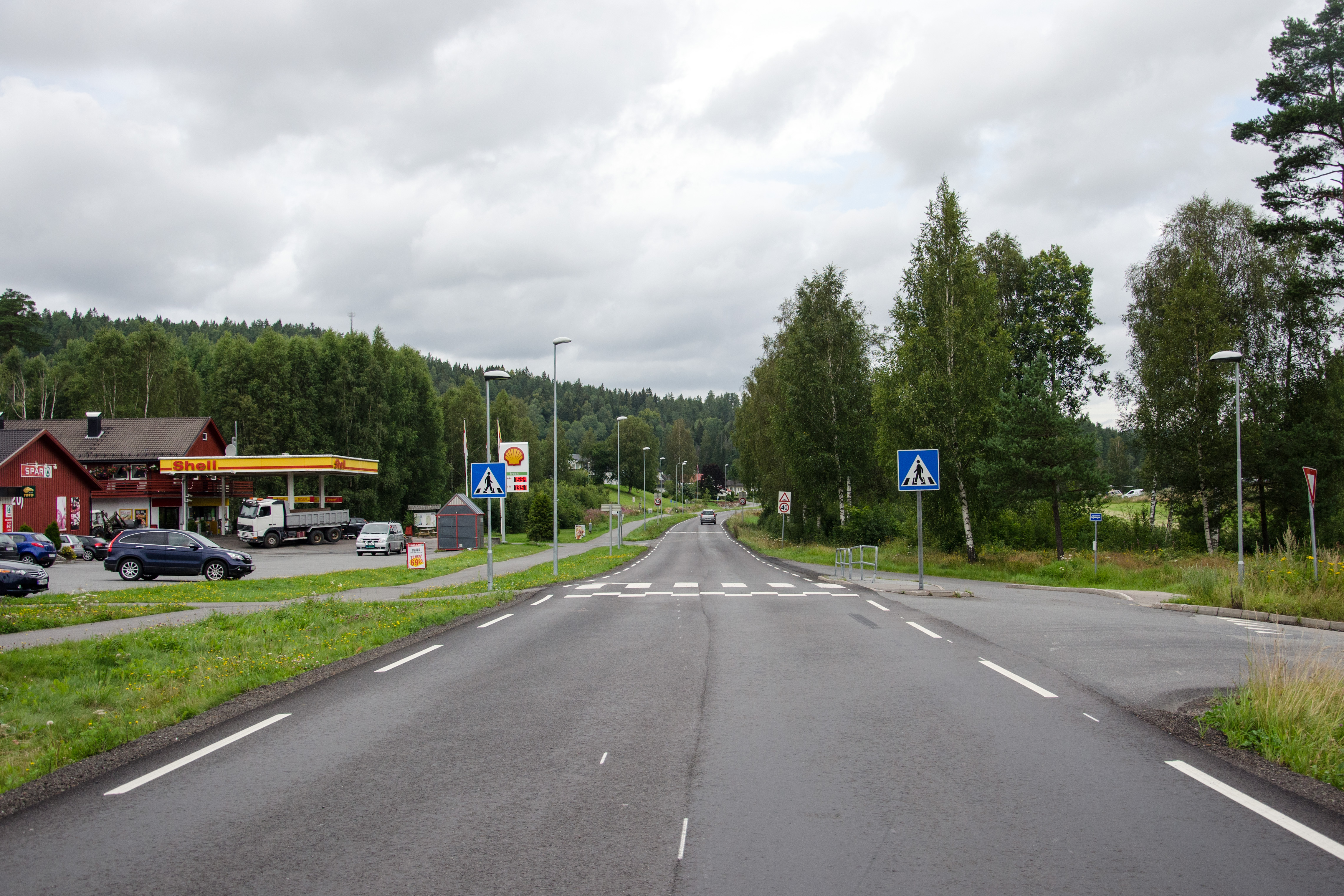Kodal on:
[Wikipedia]
[Google]
[Amazon]

 Kodal is a village and parish in
Kodal is a village and parish in

 Kodal is a village and parish in
Kodal is a village and parish in Sandefjord
Sandefjord () is a city and the most populous municipality in Vestfold og Telemark county, Norway. The municipality of Sandefjord was established on 1 January 1838. The municipality of Sandar was merged into Sandefjord on 1 January 1969. On 1 ...
municipality in Vestfold
Vestfold is a traditional region, a former county and a current electoral district in Eastern Norway. In 2020 the county became part of the much larger county of Vestfold og Telemark. Located on the western shore of the Oslofjord, it bordered th ...
county, Norway
Norway, officially the Kingdom of Norway, is a Nordic country in Northern Europe, the mainland territory of which comprises the western and northernmost portion of the Scandinavian Peninsula. The remote Arctic island of Jan Mayen and t ...
. Kodal is mostly a rural area, with a population of 971 as of 2014. It is located ten kilometers north of Sandefjord city center and eleven miles south of the town center in Andebu
Andebu is a village in Sandefjord municipality, Vestfold County, and a former municipality. The administrative centre of the municipality was the village of Andebu. The village is surrounded by forests, mountains, and hills. Its nearest cities a ...
. Kodal has one gas station, an elementary school, a kindergarten, grocery store, sports center, church, and two traffic schools. Several burial mounds dating back to the Viking Age
The Viking Age () was the period during the Middle Ages when Norsemen known as Vikings undertook large-scale raiding, colonizing, conquest, and trading throughout Europe and reached North America. It followed the Migration Period and the Ger ...
have been found in the area. Kodal Church
Kodal Church ( no, Kodal kirke) is a long church ( no, langkirke) located in Kodal in the municipality of Sandefjord in Vestfold og Telemark county, Norway. The church is the parish church for Kodal.
Its chancel dates from the 12th century. The n ...
(''Kodal kirke'') is located in Prestbøen.
Agriculture is an important industry in Kodal, but large amounts of iron
Iron () is a chemical element with symbol Fe (from la, ferrum) and atomic number 26. It is a metal that belongs to the first transition series and group 8 of the periodic table. It is, by mass, the most common element on Earth, right in f ...
and phosphorus
Phosphorus is a chemical element with the symbol P and atomic number 15. Elemental phosphorus exists in two major forms, white phosphorus and red phosphorus, but because it is highly reactive, phosphorus is never found as a free element on Ear ...
also occur. The amount of granite
Granite () is a coarse-grained (phaneritic) intrusive igneous rock composed mostly of quartz, alkali feldspar, and plagioclase. It forms from magma with a high content of silica and alkali metal oxides that slowly cools and solidifies undergro ...
is estimated to be 100 million tons.
Etymology
Previous written forms of the name were Kvodal (from 1376), Kuadal (1390), Quadal (1414), and Quodal (1558). Its current spelling ''Kodal'' is kept from the 17th century. The first portion of the name, Ko-, may refer to the smaller river now known as Ivjua, which was formerly known as Kvaða/Kvæða. The name may also have derived from the word “Kóð”, which translates to “shallow waters.” It may have derived from the word “Kvaða”, which means resin and perhaps may have referred to Kodal's vastSpruce
A spruce is a tree of the genus ''Picea'' (), a genus of about 35 species of coniferous evergreen trees in the family Pinaceae, found in the northern temperate and boreal (taiga) regions of the Earth. ''Picea'' is the sole genus in the subfami ...
forests. The ending, -dal, most likely derives from “valley.”
Recreation
An ancienthill fort
A hillfort is a type of earthwork used as a fortified refuge or defended settlement, located to exploit a rise in elevation for defensive advantage. They are typically European and of the Bronze Age or Iron Age. Some were used in the post-Roma ...
can be seen 5 km from the village centre in Kodal, connected by a hiking trail from the village centre. A closer parking lot can be found at Kodalveien 414. The trail is marked by blue paint on trees and rocks, and a variety of interpretive signs describing the fauna and flora can be found on the trail to ''Bygdeborgen''.
Gallisvannet is the largest lake in Kodal and is located 44 meters above sea level.Gjerseth, Simen (2016). ''Nye Sandefjord''. Liv forlag. Page 175. .
References
Villages in Vestfold og Telemark Andebu Sandefjord {{Vestfold-geo-stub